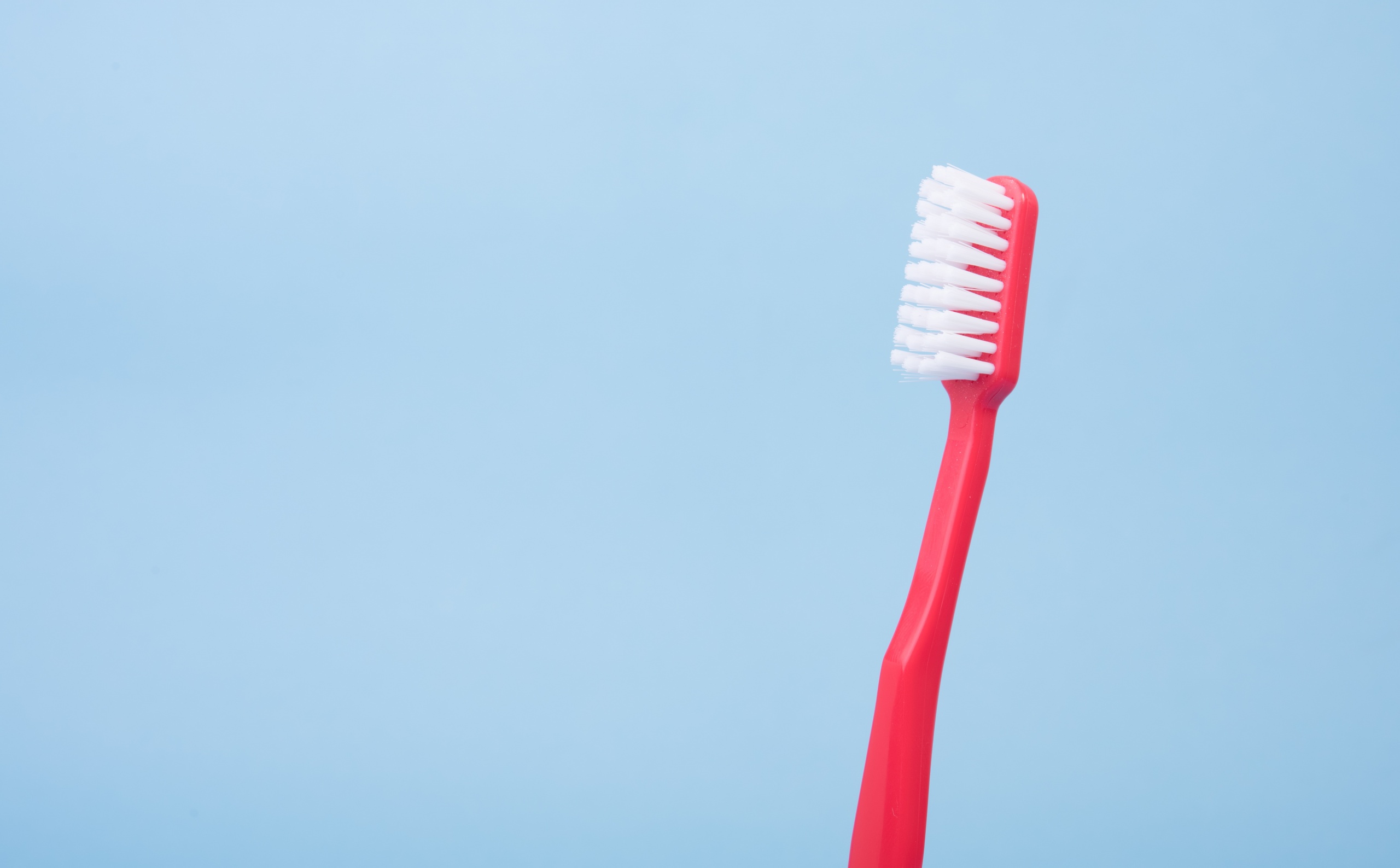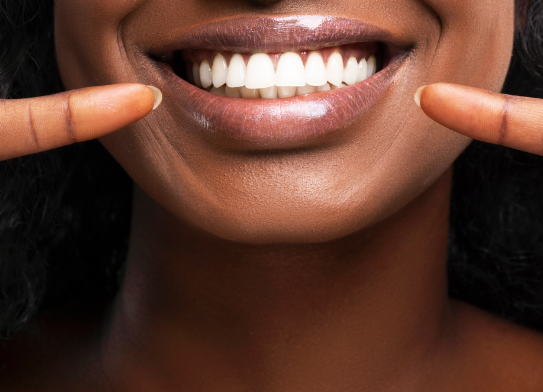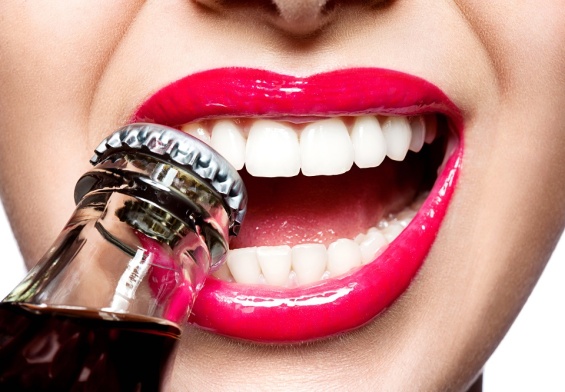Maintaining good oral hygiene is necessary for your overall health, and choosing the right toothbrush plays a huge role in that. With the tons of toothbrushes available on today’s market, it can be overwhelming to determine which one is best suited for your needs. This article will talk about the different types of toothbrushes, from manual to electric, and discuss specialized options for specific dental conditions. This will give you a clearer understanding of what to look for when selecting the ideal toothbrush for your specific oral health needs.
Manual Toothbrushes
Manual toothbrushes are the most traditional type and have been a staple in oral care for decades. They are straightforward, affordable, and widely available, so they’re a popular choice for many. The main factors to think about when choosing a manual toothbrush are the bristle type, head size, and handle design.
Bristle Types: Soft, Medium, and Hard
One of the most important decisions when choosing a manual toothbrush is the bristle type. Toothbrushes come with soft, medium, or hard bristles, but soft bristles are generally recommended by most dentists. Hard bristles may seem more effective at cleaning, but they can actually cause damage to your enamel and gums, leading to issues like abrasion and gum recession. Soft bristles, especially those with rounded tips, are more gentle on the gums and effective at removing plaque without causing harm.
Head Size and Shape
The size and shape of the toothbrush head are also important. A toothbrush with a head that’s too large may not reach the back teeth well enough to clean them properly, while one that’s too small may take more effort to clean each tooth properly. In general, a smaller head is preferred, since they can access all areas of the mouth more easily. Whether the head is rectangular or circular is less important than making sure it fits comfortably in your mouth.
Electric Toothbrushes
Electric toothbrushes are popular these days because they’re efficient and easy to use. They’re especially beneficial for those who find it difficult to maintain proper brushing techniques with a manual toothbrush. There are several types of electric toothbrushes, and each offers unique benefits.
Rotating Toothbrushes
Rotating toothbrushes have small, round brush heads that rotate in a circular motion. This motion lets them cover a larger surface area in the mouth, so it’s easier to clean hard-to-reach areas like the back teeth and along the gumline. The rotating action also stimulates the gums, promoting blood circulation and overall gum health.
Many rotating toothbrushes have additional features like built-in timers, which make sure that you brush for the dentist-recommended two minutes, and pressure sensors that prevent you from brushing too hard, which can damage your gums.
Sonic Toothbrushes
Sonic toothbrushes are another type of electric toothbrush that uses high-frequency vibrations to move the bristles at incredible speeds, often up to 30,000 to 40,000 strokes per minute. This rapid motion creates a powerful cleaning action that effectively dislodges plaque and bacteria from the teeth and gums.
One of the unique benefits of sonic toothbrushes is that they can stimulate blood circulation in the gums. This increased circulation promotes gum health by delivering oxygen and essential nutrients to the gum tissues, which reduces inflammation and supporting the natural healing process. Sonic toothbrushes are especially great for those who require a more thorough cleaning because of heavy plaque buildup or difficulty maintaining oral hygiene.
Specialized Toothbrushes
There are also specialized options designed to meet specific dental needs in addition to manual and electric toothbrushes. These toothbrushes are made for individuals with specific conditions like sensitive teeth, orthodontic appliances, or for children just starting to develop their oral hygiene habits.
Toothbrushes for Sensitive Teeth
Toothbrushes with extra-soft bristles are available for people affected by sensitive teeth or gums. These toothbrushes reduce the risk of irritation and discomfort during brushing, so it becomes easier to maintain oral hygiene without causing unnecessary pain. Some of these toothbrushes also have gum-stimulating elements like rubber bristles or massaging nubs to enhance gum health.
Orthodontic Toothbrushes
Orthodontic toothbrushes are specifically designed for people with orthodontic appliances like braces. These toothbrushes often feature V-shaped or angled bristles that can get between the wires and brackets, making sure all the surfaces are properly cleaned. This design prevents plaque buildup around the braces, reducing the risk of cavities and gum problems.
Children’s Toothbrushes
Children have unique dental needs that require specially designed toothbrushes. These toothbrushes usually have smaller heads and softer bristles, so they work for a child’s smaller mouth and developing teeth. Additionally, children’s toothbrushes often come in fun designs and colors to encourage regular brushing habits. Some even include features like musical timers or cartoon characters to make brushing more enjoyable for kids.
Key Factors to Consider When Choosing a Toothbrush
When choosing a toothbrush, look for products that have received the ADA (American Dental Association) Seal of Acceptance. This seal makes sure the toothbrush meets specific quality and safety standards. Additionally, your dentist knows your specific case the best, so seeking recommendations from them can help you choose a toothbrush that best suits your individual needs.
Another important factor is the toothbrush handle’s design. Look for a handle that’s comfortable to hold and easy to maneuver. Some handles come with non-slip grips, flexible necks, or angled designs to improve the brushing experience, especially for those with limited mobility from ailments like arthritis.
Choosing the Right Types of Toothbrushes
Choosing the right toothbrush plays a huge role in maintaining good oral hygiene and overall health. Whether you prefer a manual toothbrush, an electric model, or require a specialized design, an understanding of the different types available can help you make an informed decision. Remember to replace your toothbrush or brush head every three months or sooner if the bristles become frayed. Regular visits to your dentist will also make sure you’re using the best tools for your oral health. By selecting the right toothbrush and practicing good brushing habits, you can protect your teeth and gums, keeping your smile healthy for years to come.




